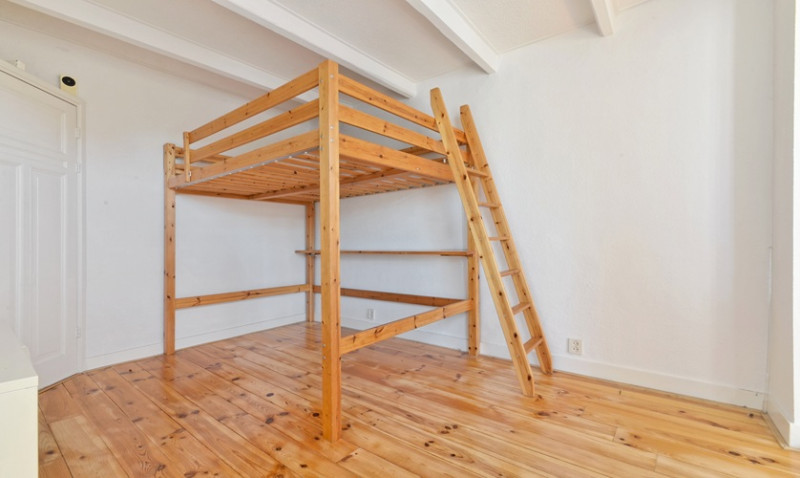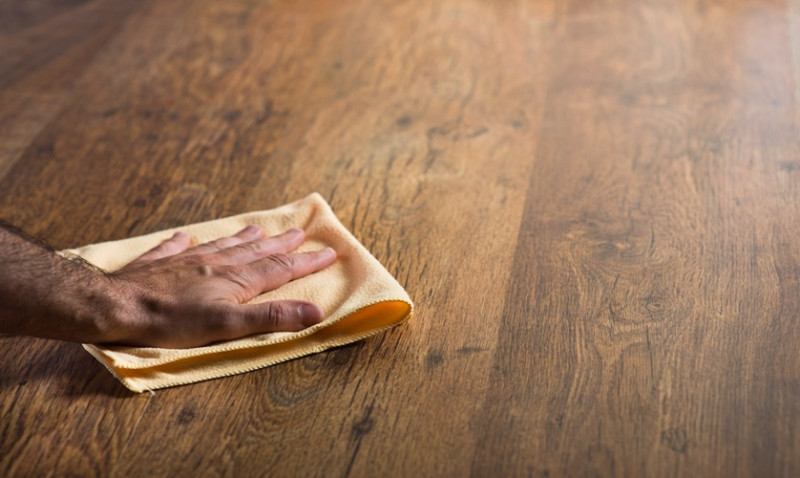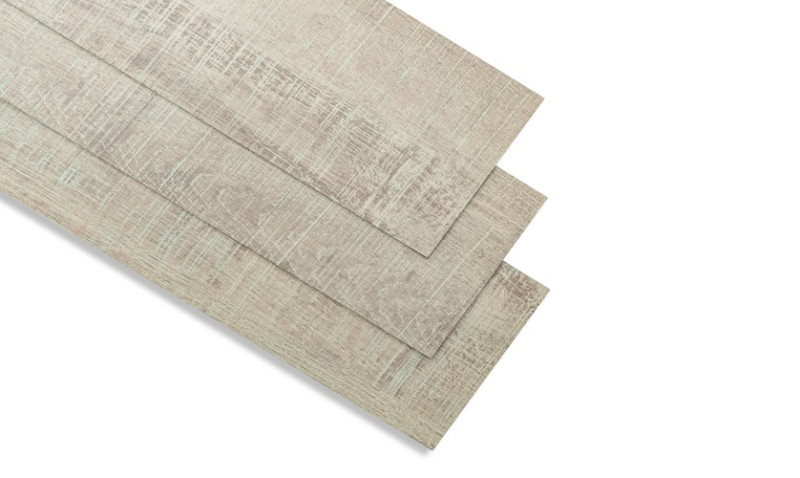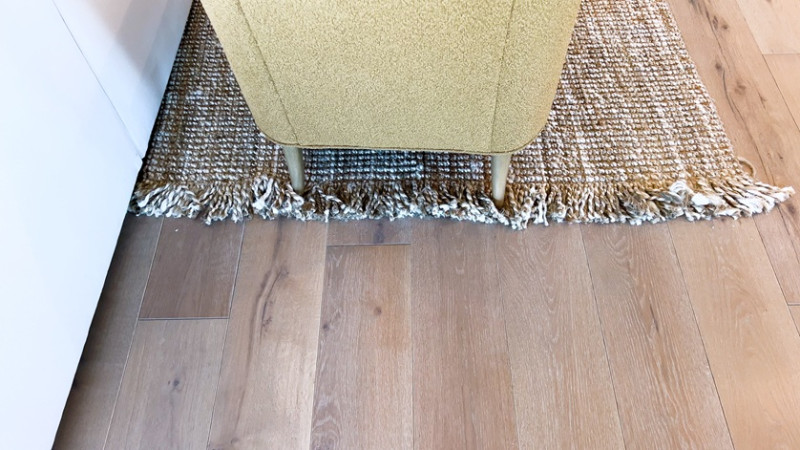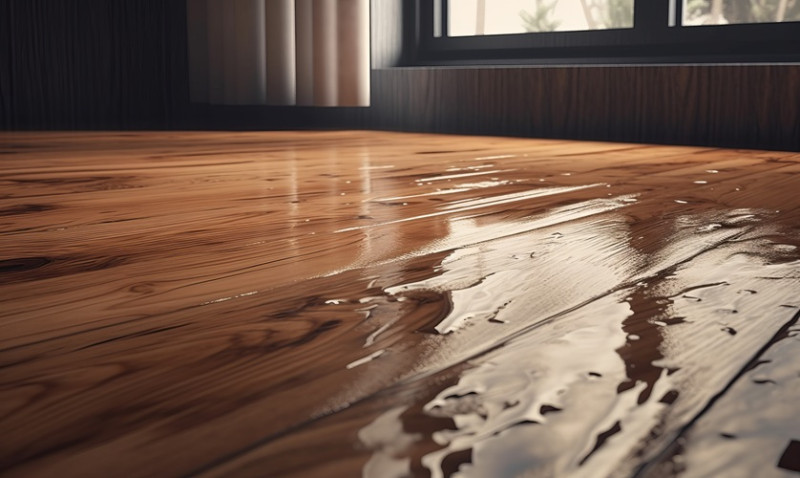
Staining wood floors can dramatically transform your home’s interior, adding warmth, character, and elegance. Whether you're a DIY enthusiast eager to give your home a makeover, a professional tradesperson, or a designer seeking new inspiration, mastering the art of floor staining is an essential skill. In this guide, we’ll walk you through each step, from preparation to final sealing, to help you achieve stunning results that last.
Why Stain Your Wood Floors?
Staining isn't just about changing the colour of your floor—it’s about enhancing its natural beauty. Stains can bring out the grain, unify mismatched boards, or completely overhaul the room’s vibe. For young professionals in city apartments or homeowners renovating period properties across the UK, staining is a versatile solution that adds both value and aesthetic appeal.
Stains come in countless tones, from traditional oaks and walnuts to contemporary greys and whitewashes. Choosing the right one depends on your interior design goals. Are you aiming for a rustic cottage look in the Cotswolds? Or a minimalist Scandinavian feel in your London flat? Either way, staining offers flexibility often unmatched by other flooring options.
Moreover, professional-looking results don’t require hiring expensive contractors. With the right preparation, materials, and a touch of patience, you can do it yourself—and save significant costs in the process.
Tools & Materials You’ll Need
Before you begin, it’s crucial to gather all the right tools. Proper preparation ensures not only better staining quality but also prevents delays mid-project. Here’s a breakdown of essentials:
| Tool/Material | Description |
|---|---|
| Orbital or Drum Sander | Used to remove the old finish and smooth the surface. |
| Sandpaper (various grits) | Starts coarse (e.g. 36 grit) and ends fine (e.g. 120 grit) to prepare the wood for staining. |
| Wood Stain | Choose oil-based or water-based stain depending on the desired finish and durability. |
| Tack Cloth or Hoover | Removes all dust between sanding stages. |
| Applicator Pads or Cloths | Used to apply the stain consistently. |
| Polyurethane or Wax Finish | Seals and protects your stained floor from wear and tear. |
| Painter’s Tape | Used to mark edges and protect trim or adjoining surfaces. |
| Protective Gear | Use dust masks, gloves and safety goggles for health and safety. |
Ensure you also have proper ventilation in the room. Some stains give off fumes that can be unpleasant or potentially harmful with long exposure.
Step 1: Sanding Your Wood Floor
Sanding is arguably the most critical part of the staining process. It determines how well the wood absorbs the stain and ensures a smooth, even finish. Neglecting this stage can lead to blotchy staining, uneven colour, and an unprofessional appearance.
Start by removing all furniture, rugs, and décor from the room. If you have existing carpet, remove it and be sure to pull out all staples and nails. Start sanding with a coarse grit sandpaper (36 or 40 grit) to strip away old stain, finish or imperfections. Gradually move to finer grits—ideal progression is 36 to 60 to 100, ending with 120 grit.
Use an edge sander or a detail sander for corners and edges the main machine can’t reach. Always sand in the direction of the wood grain, not across it. Patience here will pay off in a flawless finish.
Step 2: Cleaning the Surface Thoroughly
After sanding, it’s vital to thoroughly clean the floor before applying any stain. Tiny dust particles can ruin your finish by creating an uneven surface, so take your time with this step.
Use a vacuum with a soft-brush attachment to remove dust from the entire room—including skirting boards and corners. Then follow with a tack cloth or a slightly damp microfiber mop to catch fine particles. Let the wood dry completely if it became damp during cleaning before you proceed to staining.
Avoid walking on the clean floor with shoes that might track in dirt. Some people even wear clean socks or shoe covers to minimise contamination at this stage.
Step 3: Applying the Stain
Now for the fun part—adding colour! Stir your chosen wood stain thoroughly to ensure even pigment distribution. Always test the colour on an off-cut or an inconspicuous area to check the final shade. Wood texture and species can affect how the stain appears after drying.
Apply the stain with a lint-free cloth, sponge, brush, or staining pad. Work in manageable sections—around 2 x 2 feet at a time—ensuring even application. Wipe away excess stain with a clean cloth in the direction of the grain. The longer the stain sits before wiping, the darker the colour will be.
Let each section dry according to the manufacturer's recommendations, typically between 6 to 24 hours. Remember, humidity and temperature can affect drying times—especially important in older or less insulated UK homes.
Step 4: Finishing with a Protective Sealer
Once your stain has dried completely, it’s time to preserve your hard work with a durable topcoat. Choose from polyurethane (available in matt, satin or gloss finishes), wax, or oil finishes depending on your desired aesthetic and foot traffic levels.
Water-based polyurethane is popular across the UK for its quick drying time and low odour, while oil-based options tend to offer richer finishes and longer-lasting durability. Apply with a synthetic applicator or foam roller in thin, even coats.
Most finishes require at least two coats. Lightly sand between coats with a fine abrasive (#220 grit sandpaper or a sanding screen) to promote adhesion. Make sure to vacuum and tack cloth after each sanding before re-coating.
Common Mistakes to Avoid
- Skipping sanding: Without it, stain won’t penetrate properly.
- Applying too much stain: More isn’t better—it can become sticky or uneven.
- Not testing the stain: Wood may react differently than expected.
- Rushing the drying time: Can cause smudging or tacky surfaces.
- Ignoring ventilation: Fumes from oil-based products can be hazardous.
Final Thoughts
Staining your wood floors is a rewarding project that can completely refresh your home's interior without requiring a full renovation. Whether you're in a cosy Manchester flat, a Windsor cottage, or a Glasgow semi-detached, staining is a cost-effective way to personalise your space and enhance the natural character of your original flooring.
Preparedness and patience are key. Don’t rush the process—ensure each step is done properly for long-lasting results. With the right materials and this guide at hand, you’re well on your way to achieving professional-grade flooring without the professional price tag.
If you're not ready to DIY just yet, don’t hesitate to consult a local flooring specialist. But if you’re keen to dive in, stain with confidence—you’ve got this.
Looking for premium wood stains and finishes? Check out our UK-based product recommendations tailored for both DIYers and professionals.
#woodflooring #staining #howto #diy #construction #flooring #homerenovationuk
